Shen embroidery welcomes first male embroider
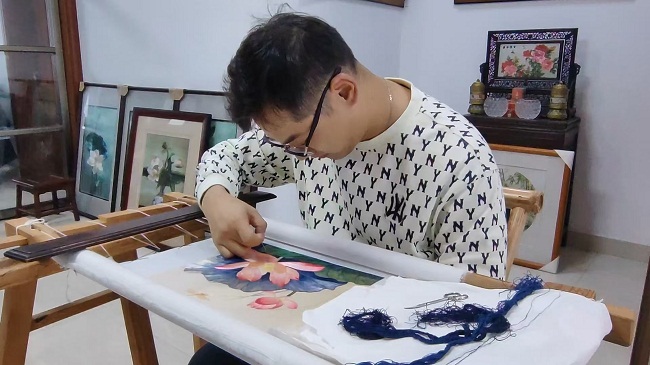
Yu Zonghan engages in embroidery. [Photo provided by Huang Tianling to en.nantong.gov.cn]
Shen embroidery was recognized as a national-level intangible cultural heritage in 2008. This esteemed art form originated with its founder, Shen Shou, and has traditionally been passed down through skilled female embroiderers. Yu Zonghan distinguishes himself as the first male inheritor of Shen embroidery, having committed to the craft after graduating from university.
Having been raised in a family immersed in Shen embroidery, Yu was influenced by witnessing his mother dedicate herself to the embroidery frame throughout his childhood. This formative experience cultivated in him a strong interest in the art.
Despite his access to a renowned master, Yu encountered considerable obstacles while learning this craft. The historical context reveals that most inheritors of embroidery have been women, and there has been no established precedent for male apprentices. "Although I recognized his intelligence, I was hesitant to teach him the craft," Yu's mother, Zhou Wuzhen, said.
In this situation, Yu had to learn it "secretly". When his mother embroidered, he would watch, ask questions, and think about how he would embroider if it were his work.
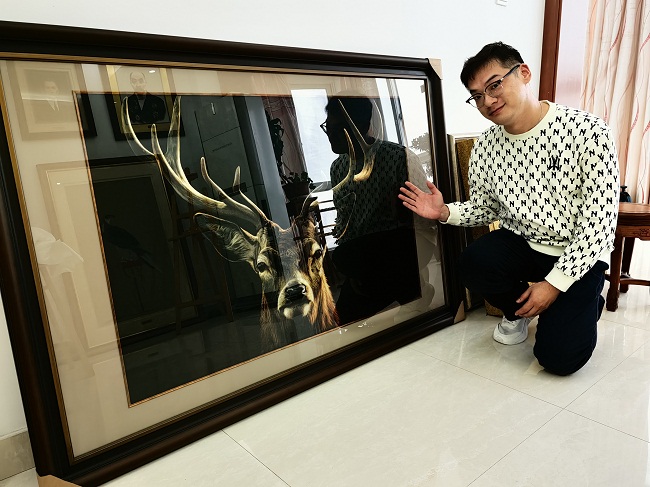
Yu and his embroidery work. [Photo provided by Huang Tianling to en.nantong.gov.cn]
Zhou made an exception in accepting this male apprentice because she had an urgent problem to solve. With 50 years of experience, Zhou's embroidery skills were unparalleled. Uncovering the maximum potential of Shen embroidery techniques was a challenging problem she had been dedicated to exploring.
"In the 5,000 years of China's history, we have many enduring famous paintings. I have always wanted to use embroidery techniques to reproduce these artworks," Zhou noted.
Embroiderers make a living through embroidery, and reproducing famous paintings requires in-depth research and creating embroidery patterns based on them. According to Zhou, this work consumes a lot of time and effort, yet it doesn't reflect in the final product, making it difficult for embroiderers to take on such projects.
"This apprentice is a good catch!" the mother said. Over the years, she has successfully reproduced famous works such as Pounding Silk and A Thousand Li of Rivers and Mountains, with Yu doing numerous foundational works that others were unwilling to do.
Yu has improved traditional stitching techniques to enhance the light and shadow effects and enrich the visual tension of embroidery works. "When looking at a painting, Teacher Zhou thinks more about how to improve in technique, while I think more about how to make the design more three-dimensional through the combination of light and shadow."
Today, Yu has grown into a mature embroiderer, with works like Bo Ya Playing the Qin and Tiger Playing in the Water winning awards in domestic art competitions.
Apart from his creative endeavors, he has joined his mother's studio teaching team, aiming to introduce more people to this art form and find and nurture future inheritors. As the fifth-generation inheritor of Shen embroidery, Yu expressed his commitment to preserving this traditional craft and ensuring its continued development.

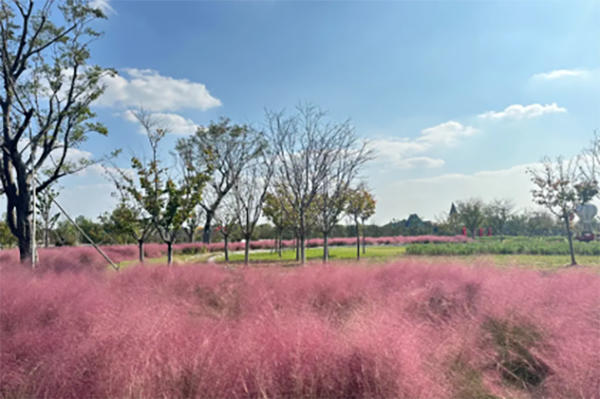
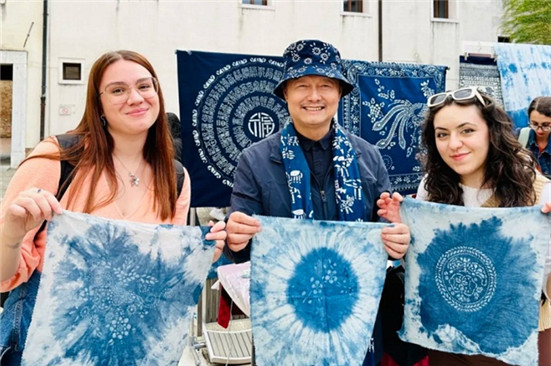
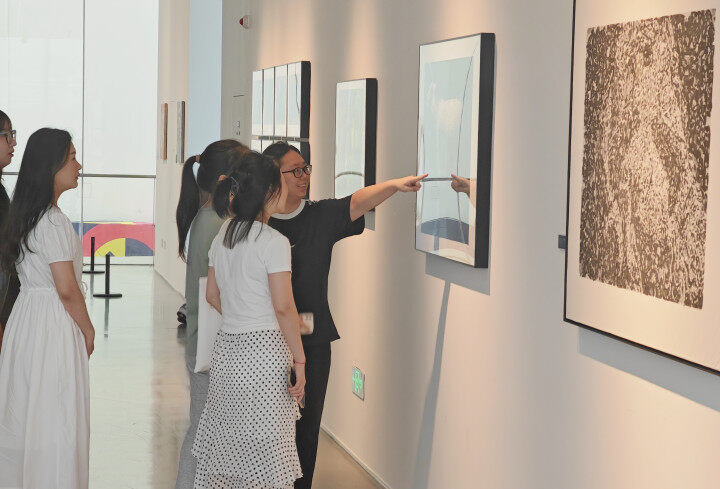
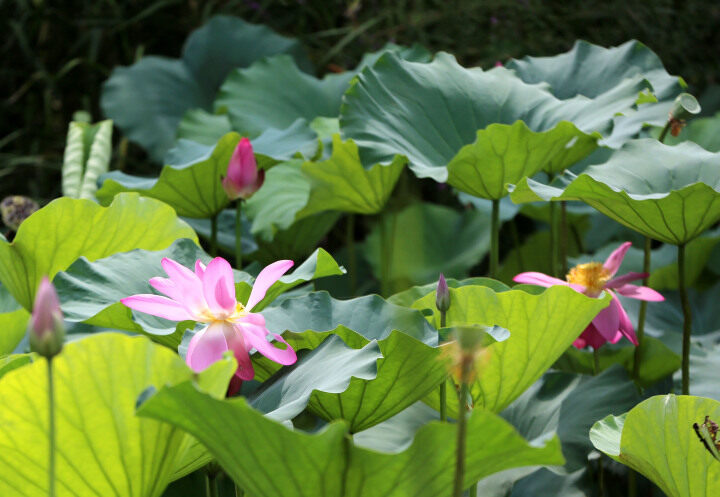
 TRANSPORTATION
TRANSPORTATION EDUCATION
EDUCATION HEALTHCARE
HEALTHCARE USEFUL NUMBERS
USEFUL NUMBERS